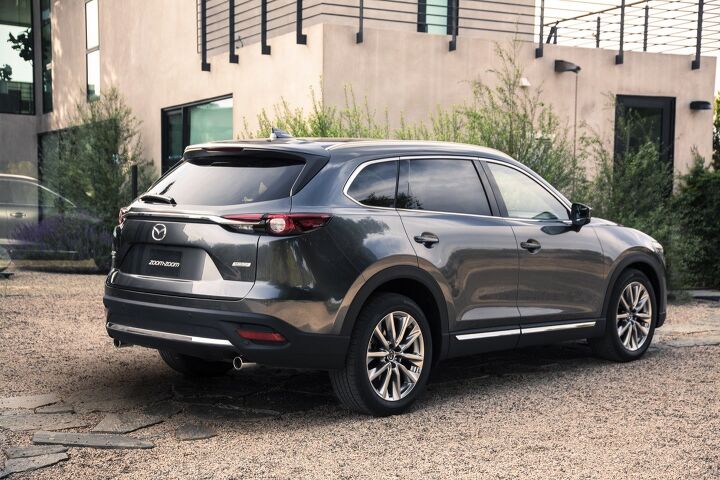Joint Toyota-Mazda Assembly Plant Headed to Alabama: Report

It looks like Alabama has won out over North Carolina in the battle to secure a massive, $1.6 billion joint assembly plant. The factory, a partnership between Toyota and Mazda (which, as of last summer, Toyota owns a 5 percent stake in), is reportedly headed to Huntsville, Alabama, and should give the smaller automaker the American capacity it needs to boost crossover sales.
Sources tell Reuters that company officials and government representatives will make an announcement today at the future factory site. Not only does the new plant herald lots of new jobs, it also means a new model.
The Alabama site makes sense for both automakers, as Toyota already has an engine plant in the area, and the Deep South locale keeps both companies relatively safe from UAW organization. A union attempt to break into the Southern auto workforce at Nissan’s Mississippi plant last year met with defeat.
The plant, said to be located at the Huntsville Mega Site, would bring 4,000 jobs to the region, with output reaching some 300,000 vehicles per year. It’s capacity both companies need. Toyota plans to shift Corolla production from Ontario to Alabama, rather than overburden its planned (but pared back) Guanajuato, Mexico plant. The automaker’s south-of-the-border facilities will instead crank out extra Tacomas — a vehicle Americans can’t seem to get enough of.
For Mazda, the automaker’s first U.S. plant means a wholly new model targeted specifically at American buyers. Sales haven’t reached a target laid out by CEO Masamichi Kogai in 2013, and production constraints, coupled with a limited crossover lineup, plays a large role in that. (U.S. Mazda sales reached a high point in 2015, falling each year since.) Last year, Kogai said the new plant would build a new crossover, with introduction set for 2021.
We don’t know much about Mazda’s new mystery vehicle, only that it’s tailored for U.S. buyers and will supposedly to fit into the brand’s lineup without cannibalizing sales of the CX-3, CX-5, and CX-9. The automaker certainly expects to sell a lot of them. Once up and running, Mazda plans to devote all of its 150,000-vehicle capacity at the plant to this new crossover — at least at first.
[Image: Mazda]

More by Steph Willems
Latest Car Reviews
Read moreLatest Product Reviews
Read moreRecent Comments
- Jeff Self driving cars are not ready for prime time.
- Lichtronamo Watch as the non-us based automakers shift more production to Mexico in the future.
- 28-Cars-Later " Electrek recently dug around in Tesla’s online parts catalog and found that the windshield costs a whopping $1,900 to replace.To be fair, that’s around what a Mercedes S-Class or Rivian windshield costs, but the Tesla’s glass is unique because of its shape. It’s also worth noting that most insurance plans have glass replacement options that can make the repair a low- or zero-cost issue. "Now I understand why my insurance is so high despite no claims for years and about 7,500 annual miles between three cars.
- AMcA My theory is that that when the Big 3 gave away the store to the UAW in the last contract, there was a side deal in which the UAW promised to go after the non-organized transplant plants. Even the UAW understands that if the wage differential gets too high it's gonna kill the golden goose.
- MKizzy Why else does range matter? Because in the EV advocate's dream scenario of a post-ICE future, the average multi-car household will find itself with more EVs in their garages and driveways than places to plug them in or the capacity to charge then all at once without significant electrical upgrades. Unless each vehicle has enough range to allow for multiple days without plugging in, fighting over charging access in multi-EV households will be right up there with finances for causes of domestic strife.


































Comments
Join the conversation
I’d say that the state of Alabama is off to a rousing start in 2018! First a national championship, now this!
Don't do this Mazda. Toyota is a vampire, look at what happened to Subaru when they partnered with Toyota. Boring, boring, boring.